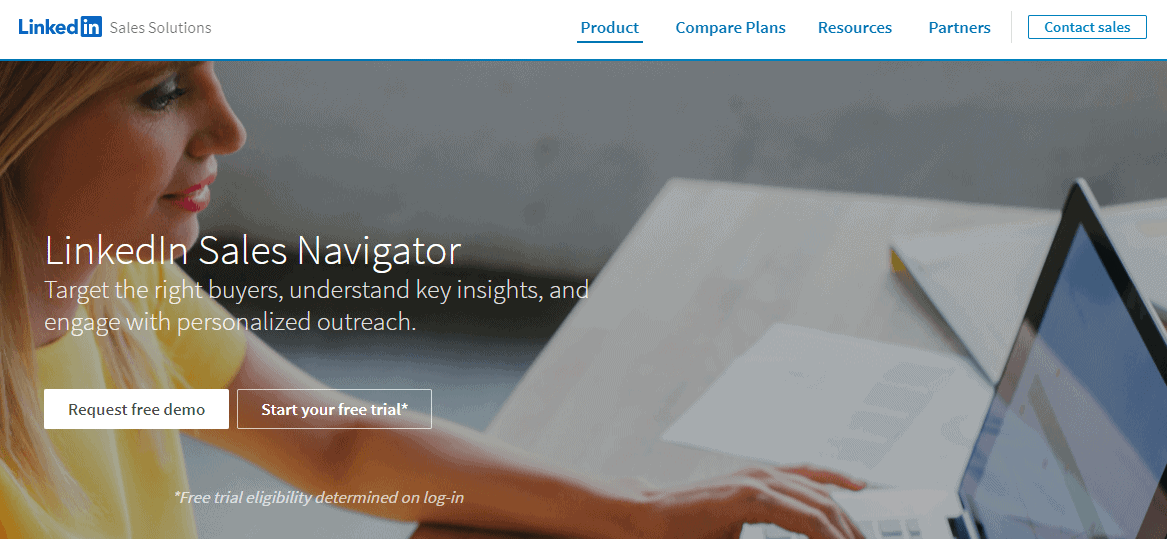LinkedIn web scraping has become a popular method for extracting valuable data from the world’s largest professional networking platform. Whether it’s for talent recruitment, lead generation, or market research, LinkedIn offers an extensive pool of information that businesses can leverage. By automating data extraction from LinkedIn profiles and company pages, companies can gather the insights needed to make informed decisions quickly and efficiently.
What Is LinkedIn Web Scraping?
Web scraping refers to the automated collection of data from web pages, and when applied to LinkedIn, it allows users to extract essential information like job titles, company details, and professional connections. These tools use web crawlers to navigate LinkedIn and retrieve data in an organized format, saving time and resources.

Common data points that can be gathered include:
- Job titles and qualifications for recruitment purposes.
- Company data for competitor analysis and industry research.
- Lead data for targeted sales campaigns.
However, it’s crucial to remember that LinkedIn prohibits scraping without permission. Misusing this method can result in account bans or legal consequences, so it’s essential to proceed with caution and ensure ethical practices.
The Benefits of LinkedIn Web Scraping
Using scraping tools for LinkedIn data offers several advantages:
- Efficient lead generation: Scraping allows companies to compile lists of potential leads based on specific criteria such as job titles, industry sectors, or company size. This ensures that marketing efforts are directed toward the most relevant prospects.
- Streamlined recruitment: Companies can automate the process of finding candidates with the right qualifications. Instead of manually searching for profiles, recruiters can gather data on potential hires quickly and effectively.
- Market research: Businesses can track industry trends and analyze competitors by scraping relevant data from LinkedIn company pages. This data can be invaluable for shaping business strategies and making informed decisions.
Key Challenges of Scraping LinkedIn

While LinkedIn web scraping provides many opportunities, there are several challenges to consider:
- Pagination: LinkedIn organizes its results across multiple pages, so scraping tools must be capable of navigating through this format efficiently.
- CAPTCHA and rate limits: To prevent automated access, LinkedIn uses CAPTCHA challenges and rate-limiting measures. Advanced scraping tools need to bypass these protections while adhering to legal and ethical standards.
- Dynamic content: LinkedIn uses JavaScript to load some data dynamically, which makes it harder to scrape. Scraping tools must be able to interact with the website like a real user would, in order to capture the necessary information.
- Legal and ethical considerations: Scraping data from LinkedIn without permission violates its User Agreement, and in some cases, may lead to legal action. It is vital to ensure that scraping practices are in compliance with relevant laws and regulations.
Practical Use Cases
Here are a few examples of how LinkedIn web scraping can be applied:
- Recruitment: A hiring manager could automate the search for software engineers with specific skills by scraping profiles in targeted regions. This reduces the time needed to find suitable candidates.
- Lead generation: A B2B company could collect profiles of decision-makers to build a highly-targeted list of leads for outreach campaigns. This makes the sales process more efficient and focused.
- Market research: Consulting firms can gather data from LinkedIn company pages to track industry trends and competitor movements, allowing businesses to stay ahead of market shifts and adjust their strategies accordingly.
- CRM Enrichment :LinkedIn web scraping can keep CRM data accurate by automatically updating records with the latest information. For instance, if a contact changes jobs or companies, the scraper can capture this update, ensuring sales and marketing teams work with current data. This reduces the chances of outdated information impacting client outreach.
Conclusion
LinkedIn web scraping offers a powerful way to automate data collection, unlocking valuable insights for recruitment, sales, and market research. Despite the challenges and legal risks, responsible and ethical scraping practices can give businesses a significant edge. By using the right tools and approaches, companies can harness LinkedIn’s vast resources to fuel growth and drive success.